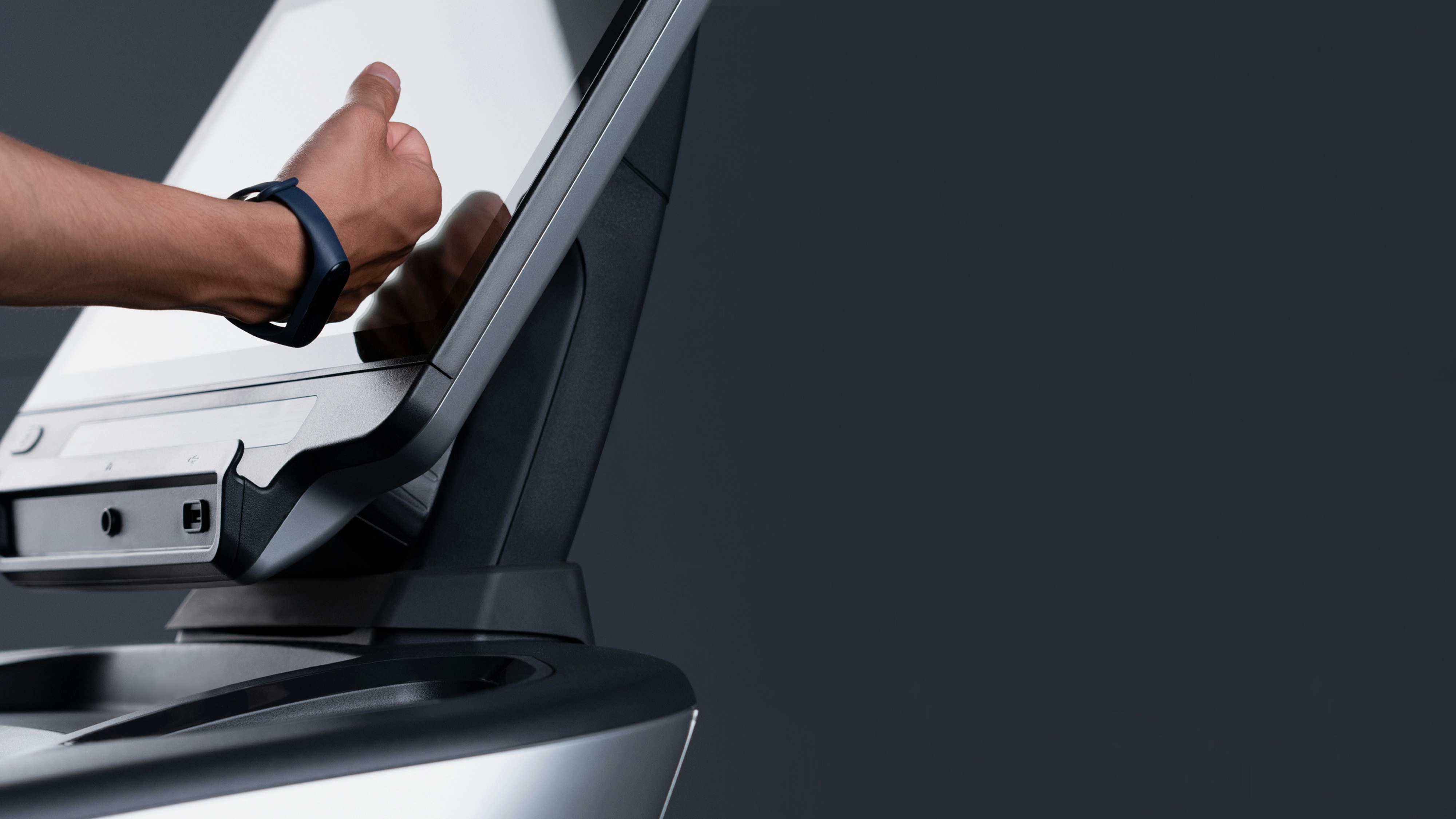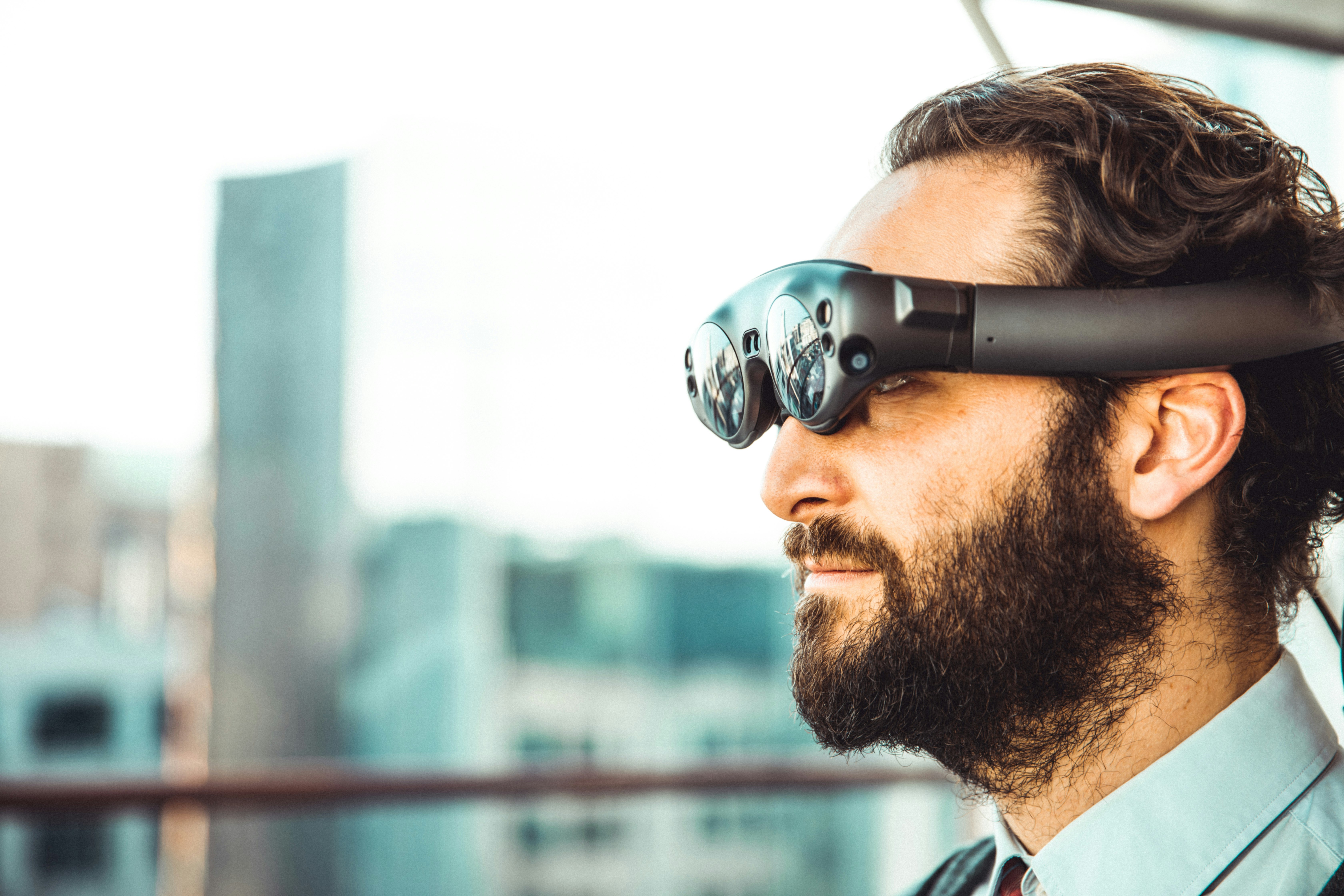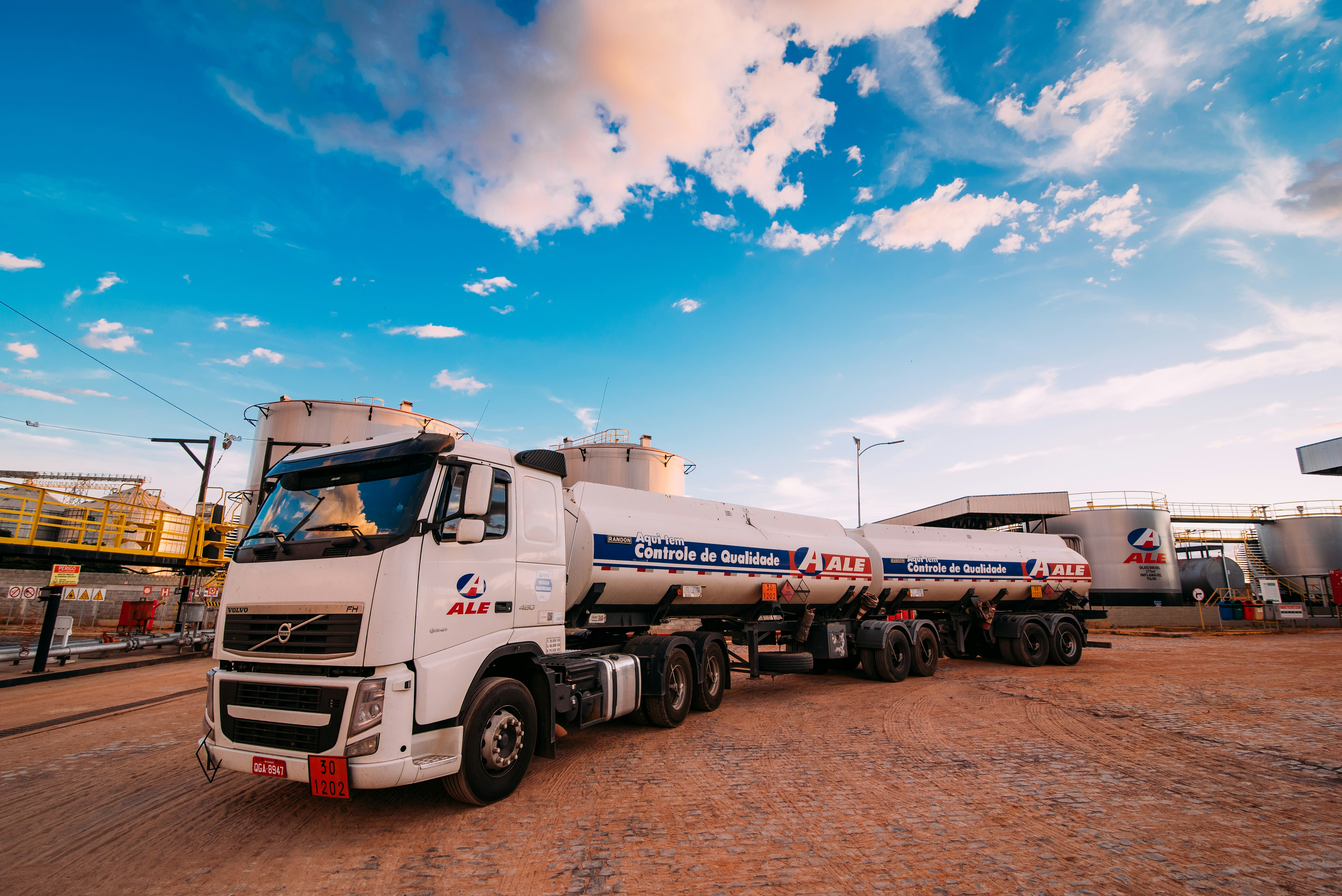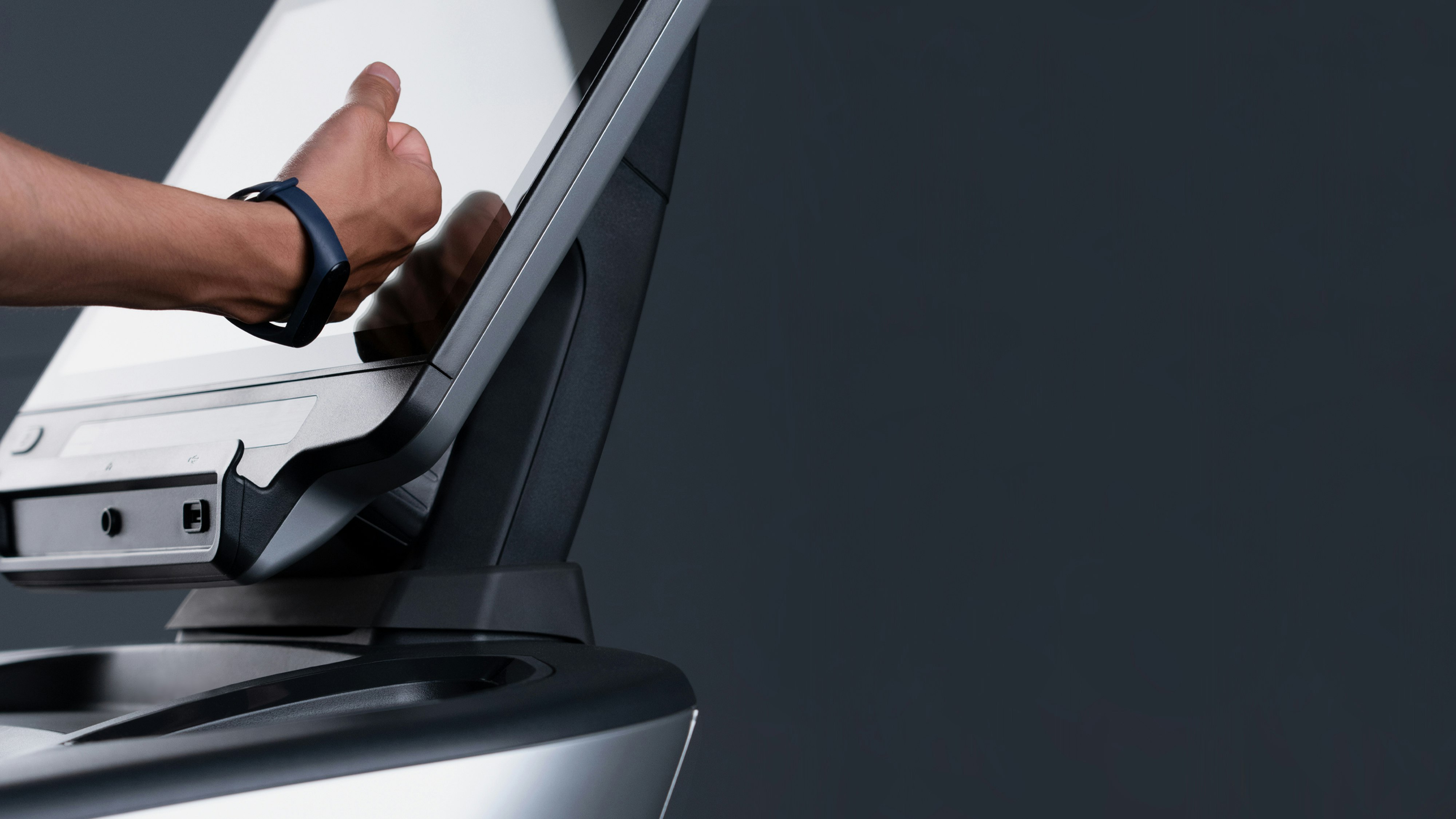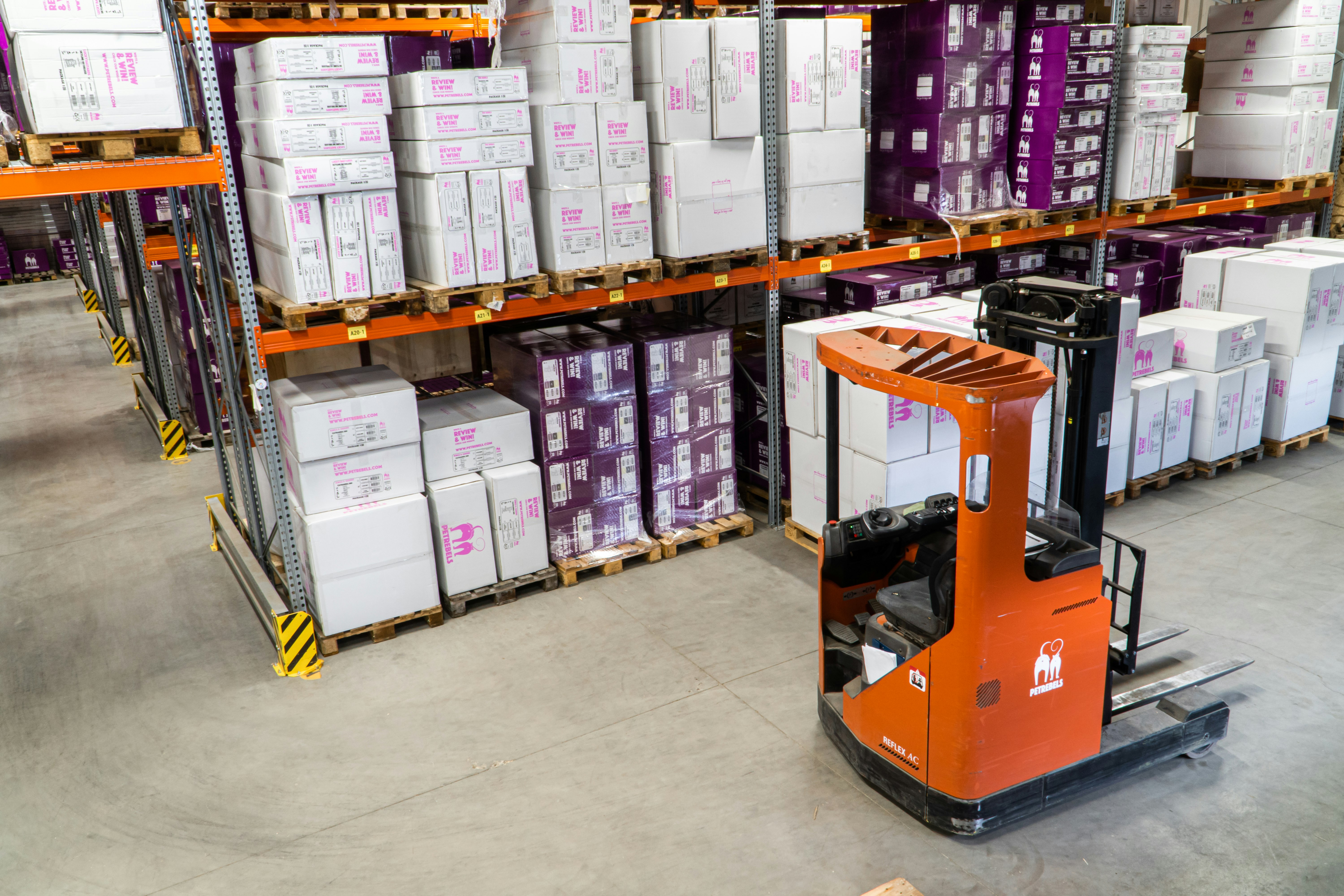Personal shopper drones are an exciting development in the field of last-mile delivery. These drones have the potential to revolutionize the way goods are delivered to consumers, offering a fast and convenient solution to the challenges of final-mile logistics.
The concept of personal shopper drones involves the use of unmanned aerial vehicles (UAVs) to transport goods directly to customers' doorsteps. These drones are equipped with advanced navigation and automation technologies that allow them to safely navigate through urban areas and deliver packages with precision and efficiency.
One of the key advantages of personal shopper drones is their ability to bypass traditional delivery routes and traffic congestion. By taking to the skies, they can avoid the challenges of navigating crowded streets and deliver goods directly to consumers in a fraction of the time it would take for a traditional delivery vehicle. This not only improves delivery speed but also reduces the carbon footprint associated with last-mile transportation.
Personal shopper drones also offer a level of convenience that is unparalleled in traditional delivery methods. With drones, consumers can receive their goods at their doorstep without the need to be present or interact with delivery personnel. This is particularly beneficial for busy individuals who may not have the time to wait for deliveries or prefer contactless transactions.
However, there are several limitations that currently restrict the potential of personal shopper drones in last-mile delivery. One of the main challenges is regulatory compliance. The operation of drones is subject to strict regulations and airspace restrictions in many countries, making it difficult to fully exploit their capabilities for commercial deliveries.
Another limitation is the weight and payload capacity of drones. While advancements in technology have led to the development of drones with increased payload capacity, the ability to carry larger and heavier packages remains a challenge. This restricts the types of goods that can be delivered by drones and may limit their applicability to small and lightweight items.
Additionally, the range and flight time of personal shopper drones are currently limited. Most commercially available drones have a relatively short flight time and range, which may restrict their use to localized delivery operations. This means that drones may be more suitable for deliveries in densely populated urban areas rather than remote or rural locations. This is primarily due to the higher concentration of potential customers in urban areas compared to less populated rural areas. In densely populated urban areas, delivery routes for drones can be more optimized and efficient, as there are shorter distances between delivery points and a greater number of customers in closer proximity.
Moreover, urban areas often have better infrastructure in terms of communication networks and landing areas, which are crucial for safe and reliable drone deliveries. Drones depend on the availability of strong and stable internet connectivity to ensure accuracy in navigation and real-time tracking. Additionally, urban areas tend to have designated landing spots, such as rooftops or open spaces, where drones can safely land and deliver packages.
In contrast, remote or rural locations usually have longer distances between delivery points, making drone deliveries less time and energy-efficient. The lack of proper communication infrastructure and landing spots further complicates the operations in these areas. Additionally, remote locations might have challenging environmental conditions, such as strong winds or rough terrain, which can pose risks to the stability and safety of the drones.
It is important to note that while drones can be more convenient for urban deliveries, there are still several regulatory, safety, and privacy concerns that need to be addressed before widespread drone deliveries can take place. Nonetheless, the potential for drones in densely populated urban areas is promising and can revolutionize the delivery industry by providing faster and more accessible services.
Despite these limitations, there is great potential for personal shopper drones to transform last-mile delivery. As technology continues to advance and regulations evolve, we can expect to see further improvements in drone capabilities, including increased payload capacity, extended range, and improved flight time.
In conclusion, personal shopper drones have the potential to revolutionize last-mile delivery by offering fast, convenient, and eco-friendly solutions. While there are limitations that currently restrict their widespread adoption, advancements in technology and regulatory frameworks are likely to pave the way for a future where drones deliver directly to consumers' doorsteps. [1]













